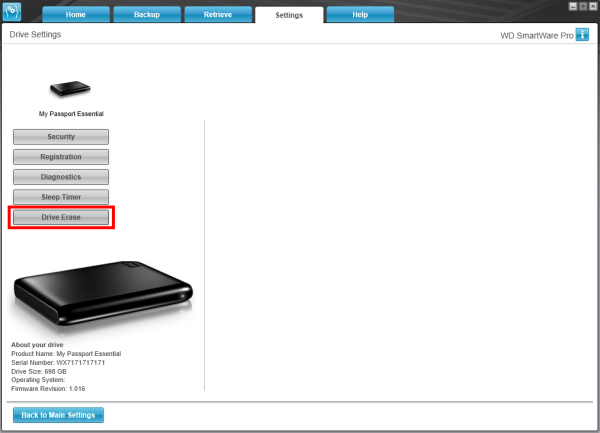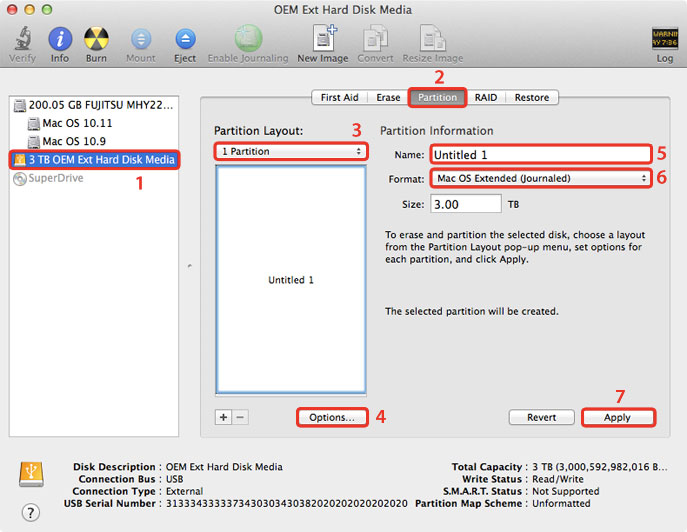

We’ve put together some tables comparing NTFS, FAT32, and exFAT, since they’re the most common formats you’ll encounter, and are regularly used with USB flash drives, storage drives, and SD cards.Īt least in theory, changing the allocation unit size can optimize drive speed or storage space. Generally speaking, as the partition gets larger, so does the allocation unit size. The default size does change depending on the size of the partition and the file system you’re using. For the average NTFS drive, that will be 4,096 bytes, or 4 KB. You should stick with the default allocation unit size that is suggested when you format your storage device unless you have an extremely specific reason to change it. What Allocation Unit Size Should You Use? This holds for any HDD or SSD of any size, though the larger drives we’re used to today will have many millions of blocks rather than a few thousand. If you increased your allocation unit size to 32 kilobytes, you’d instead have 16,384/32 (512) clusters. Your drive will have 16,384/4 (4,096) units - or blocks- on it. The default allocation unit size for an NTFS drive of that size is 4069 bytes, or 4 KB. So, you plug in your 16,384 kilobyte drive and choose to partition it as an NTFS file system.

To make the math easy, we’re going to talk about a tiny hypothetical hard drive with a total volume of 16,384 kilobytes (16 MB) - absurdly small by 21st-century standards, but convenient to illustrate the point. Here’s a brief example of how allocation units, the size of allocation units, and the volume of your storage drive are related. This can result in inefficient storage in some extreme cases, but we’ll go into that in more detail later.

If a file is smaller than the block size, then it will be stored in that block, but the entire block volume will be used up. If a file is too big to fit in a single block, then it will be split and span multiple blocks. The term block is typically seen when talking about Linux, especially the ext4 file system, whereas cluster and allocation units are seen with Windows. Note: The term “Allocation Unit,” “Block, ” and “Cluster” all refer to the same thing in this context, and we’ll use them interchangeably in this article. If you decrease the size of the allocation unit, the opposite happens - you increase the number of allocation units on the drive. When you increase the size of the allocation unit, the “chunk,” you decrease the total number of allocation units on your drive. What Allocation Unit Size Should You Use?Īllocation Unit Size - otherwise known as “Cluster Size” or “Block Size” - refers to the size of the chunks that a solid state drive (SSD) or hard disk drive (HDD) is divided into.


 0 kommentar(er)
0 kommentar(er)
